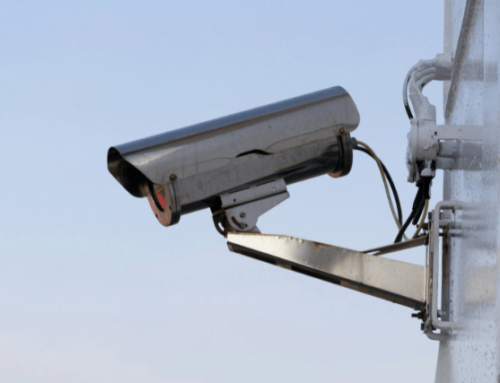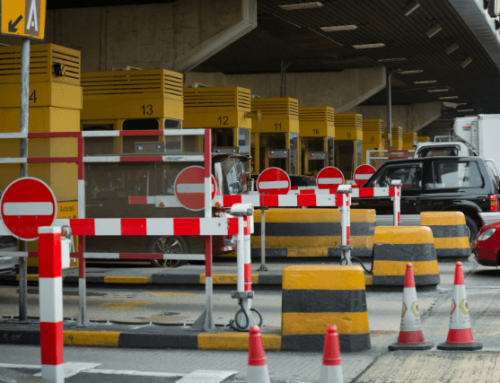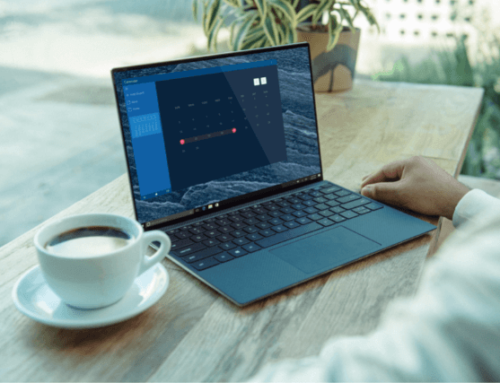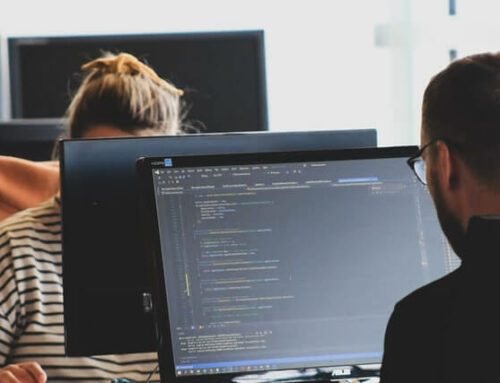Enhanced Network Security with AI Coverage and Human Expertise – Mist
Everyday organizations create huge piles of data that are sorted and analyzed by IT staff and systems. Finding anomalies in this data can signal the presence of a cybersecurity threat, such as a hacker. This task is difficult, as hackers can infiltrate and operate in company networks before anyone notices. Organizations have recently begun to employ artificial intelligence to further bolster their cybersecurity defense.
Enhancing Network Security With AI Coverage
Hunting for cybersecurity threats manually can be an expensive and time consuming task. Hackers may have moved on to the next target by the time an employee identifies the issue. AI systems can help automate this task for IT departments. With more complex IT infrastructures, AI can help IT departments cover more ground, while still maintaining a high level of security.
Many companies only solve cybersecurity problems after they have become problems. IT departments can struggle to identify threats. In the past, organizations would catch a cyber attack and then alert other organizations to the attack. Artificial intelligence can help predict potential threats before they become an issue. This allows companies to stop cyber attacks before hackers stop operations and steal valuable information.
Artificial intelligence systems typically identify potential problems through anomaly detection. The system compares the activity and data to a baseline. The baseline is based on the normal activity that an organization experiences on a day-to-day basis. Modeling user behavior can help AI systems detect when a user is potentially malicious.
Artificial intelligence systems can be incredibly powerful tools to protect company data and operations. However, there are some potential issues that artificial intelligence systems can encounter when human expertise is not implemented properly.
Where Human Expertise Comes In
Companies may think that once a cybersecurity AI system is installed that their system will automatically catch all potential threats. That is not entirely accurate. Artificial intelligence systems cannot run optimally on their own. A human touch is needed to properly analyze and guide the system.
Typically, an artificial intelligence system will be unleashed into the company’s network where there will be little human supervision. This can cause potential issues. Cybersecurity artificial intelligence systems can often detect a potential threat when in reality there is no threat. This can waste valuable employee time by sending them on a wild goose chase when they could be preventing other cyber attacks.
Human experts can provide feedback to artificial intelligence systems to finetune them to a point where the system is more accurate and does not yield as many false positives. Companies can integrate behavioral analysis to improve rates of accurate detection. IT departments can input security policies into an AI system to help quickly identify what network connections are legitimate and what connections should be further inspected.
Artificial intelligence can improve the ability of IT departments to prevent cyber attacks before they happen. Human expertise can ensure that these systems function as intended and are not a hindrance to cybersecurity operations. Humans and artificial intelligence and work hand-in-hand to prevent cyber attacks.












